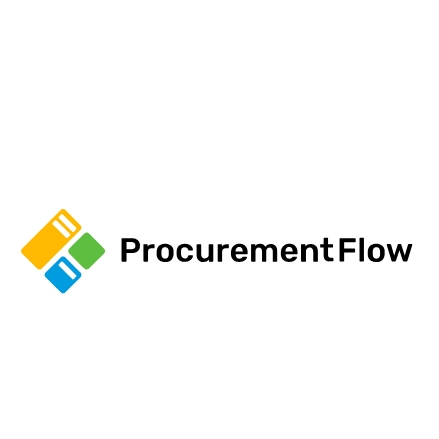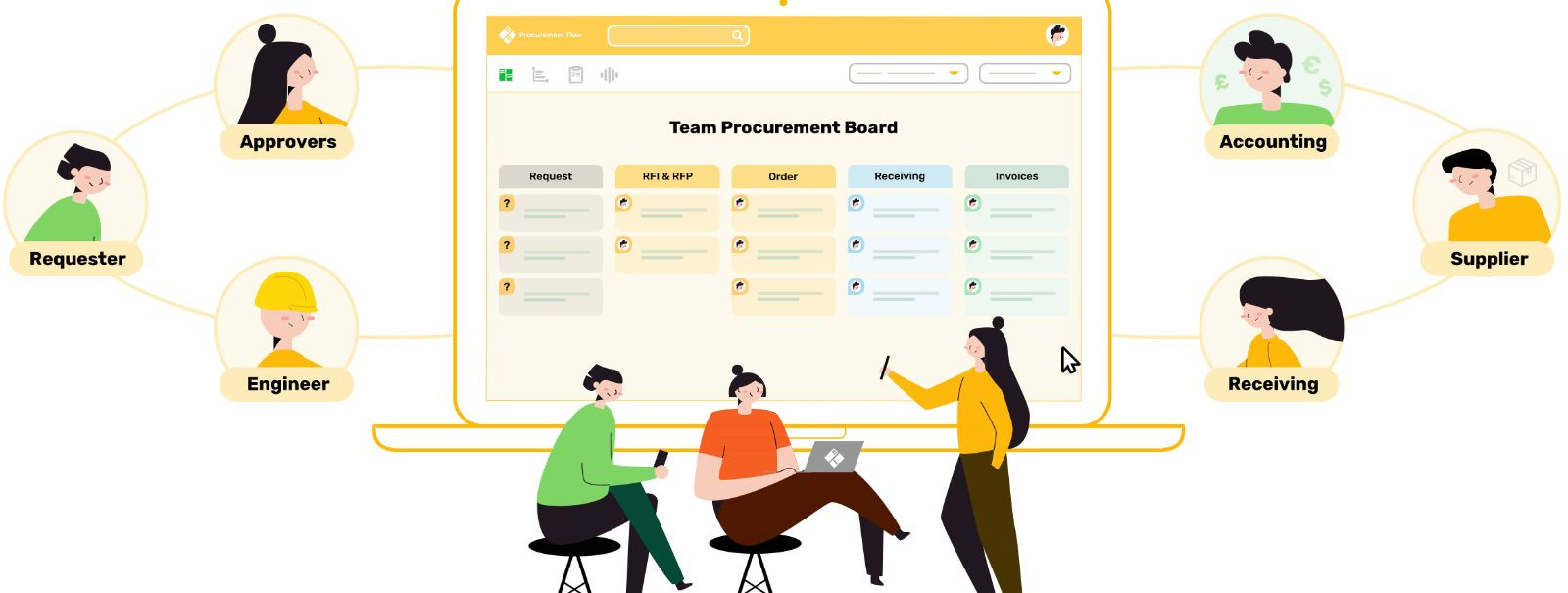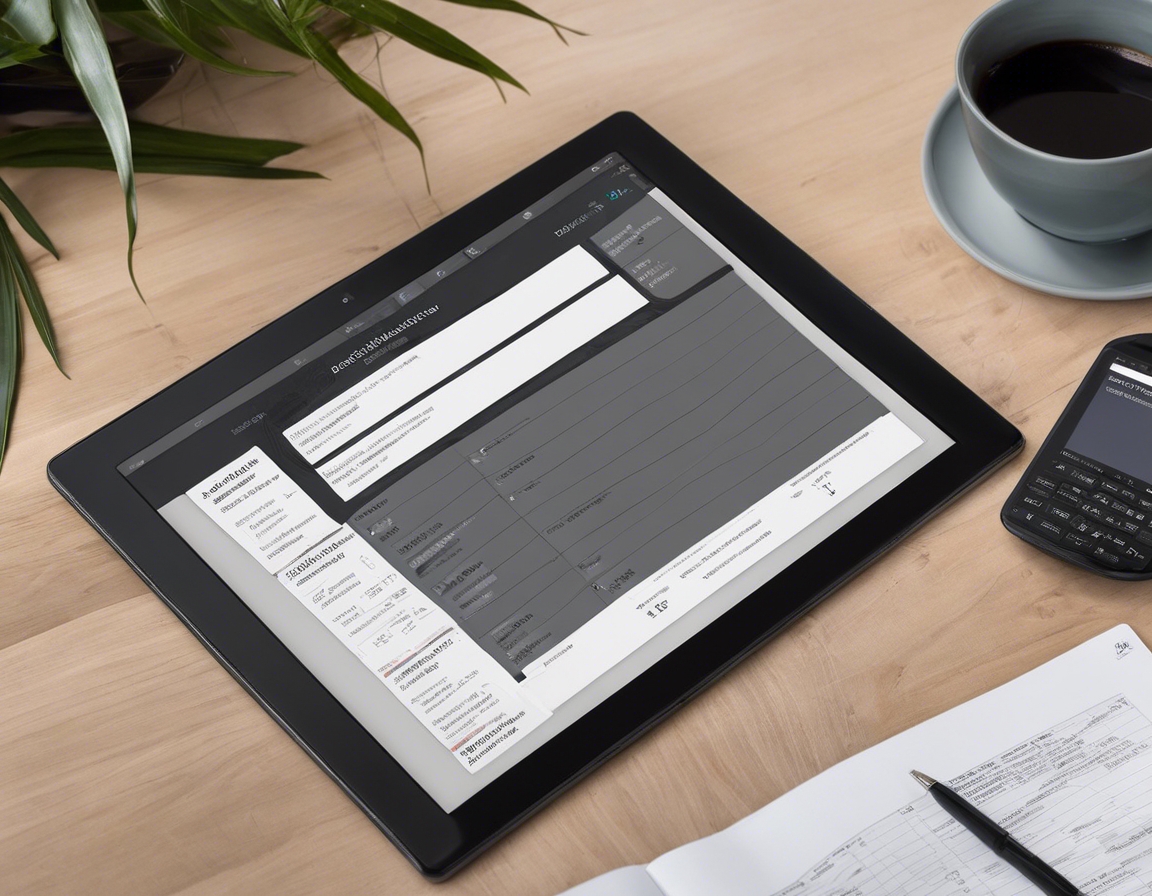The ultimate guide to streamlining your requisition management
Requisition management is a critical component of procurement that involves the process of requesting, approving, and purchasing goods or services. It serves as the foundation for controlled and efficient procurement operations, ensuring that every purchase aligns with company policy and budget constraints.
For industrial manufacturing companies, managing requisitions effectively is not just about cutting costs; it's about optimizing the entire supply chain. Efficient requisition management can lead to better supplier relationships, improved inventory management, and ultimately, a stronger bottom line.
Challenges in Traditional Requisition Processes
Manual processes are time-consuming and prone to errors. They can lead to delays in order processing and a lack of standardization across the procurement function.
Without a centralized system, tracking requisitions and their status can be challenging, leading to a lack of transparency and potential bottlenecks in the procurement process.
Traditional methods often result in slow approval processes, which can extend procurement cycles and impact the organization's ability to respond to market changes quickly.
Strategies for Streamlining Requisition Management
By leveraging digital solutions, companies can automate many of the manual tasks associated with requisition management, reducing errors and saving time.
Automated approval workflows ensure that requisitions are reviewed and approved promptly, accelerating the procurement cycle.
Integration with ERP systems allows for seamless data flow and improved accuracy in financial reporting and inventory management.
Data analytics can provide insights into spending patterns, supplier performance, and potential savings opportunities, enabling data-driven decision-making.
Features to Look for in a Requisition Management System
An intuitive interface is crucial for user adoption and can significantly reduce the learning curve associated with new software.
Customizable workflows allow businesses to tailor the approval process to their specific needs, ensuring compliance and efficiency.
Real-time tracking of budgets and expenditures helps prevent overspending and ensures financial discipline within the procurement process.
Integrating supplier management features streamlines communication with suppliers and consolidates all supplier information in one place.
Best Practices for Implementing a Requisition Management System
It's essential to involve all stakeholders early in the process to secure their buy-in and ensure the system meets everyone's needs.
Comprehensive training and change management strategies are critical to help staff adapt to the new system and processes.
Implementing a system for continuous improvement and establishing feedback loops can help refine processes and increase the value of the requisition management system over time.






Comments (0)